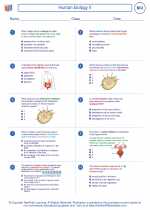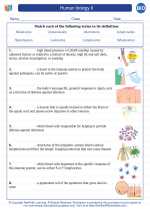Hysteresis
Hysteresis is a phenomenon in which the response of a system depends not only on its current state but also on its past history. This means that the system's output is not only determined by its current input, but also by the path it took to reach that state. Hysteresis is commonly observed in physical systems such as ferromagnetic materials, where the magnetization of the material depends on the history of the magnetic field applied to it.
Causes of Hysteresis
Hysteresis can be caused by a variety of factors, including friction, elasticity, and memory effects in the system. In the case of ferromagnetic materials, hysteresis occurs because the magnetic domains within the material retain some degree of alignment even after the external magnetic field is removed, leading to a lag in the material's response to changing magnetic fields.
Examples of Hysteresis
One common example of hysteresis is the behavior of a thermostat in a heating and cooling system. When the temperature drops below a certain set point, the heating system is activated. However, the system does not immediately shut off once the temperature rises above the set point; instead, it continues heating until the temperature reaches a higher threshold, creating a lag in the system's response to temperature changes.
Study Guide
To understand hysteresis, it's important to grasp the concept of system memory and the impact of past states on current behavior. Here are some key points to focus on when studying hysteresis:
- Define hysteresis and explain its significance in various physical systems.
- Explore the causes of hysteresis, including friction, elasticity, and memory effects.
- Investigate real-world examples of hysteresis in different systems, such as ferromagnetic materials, thermostats, and biological processes.
- Examine the mathematical models and graphs used to represent hysteresis, including the hysteresis loop commonly observed in ferromagnetic materials.
- Discuss the practical implications of hysteresis in engineering, physics, and other fields, and explore strategies for mitigating its effects in various systems.
By understanding hysteresis and its impact on system behavior, you can gain insight into the complex dynamics of physical processes and develop the skills to analyze and predict the behavior of hysteresis-prone systems.
.◂Biology Worksheets and Study Guides High School. Human biology II

 Worksheet/Answer key
Worksheet/Answer key
 Worksheet/Answer key
Worksheet/Answer key
 Vocabulary/Answer key
Vocabulary/Answer key
 Vocabulary/Answer key
Vocabulary/Answer key
 Vocabulary/Answer key
Vocabulary/Answer key
 Vocabulary/Answer key
Vocabulary/Answer key
 Vocabulary/Answer key
Vocabulary/Answer key
 Vocabulary/Answer key
Vocabulary/Answer key
 Vocabulary/Answer key
Vocabulary/Answer key
